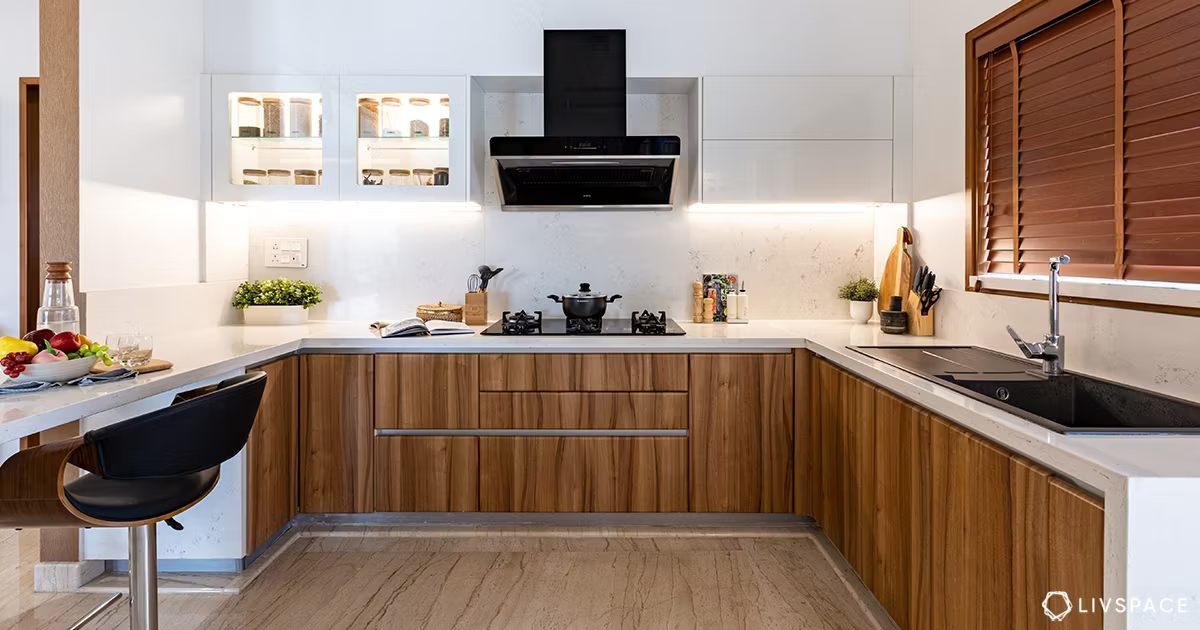Creating a safe and kid-friendly home involves several steps to ensure a secure environment for children. Here’s a detailed guide:
1. Childproofing Basics
- Safety Gates: Install gates at the top and bottom of stairs to prevent falls.
- Corner Protectors: Use soft corner protectors on sharp furniture edges.
- Outlet Covers: Install safety plugs in unused electrical outlets.
- Cord Management: Secure blinds and curtain cords out of reach to prevent strangulation.
2. Kitchen Safety
- Cabinet Locks: Use childproof locks on lower cabinets and drawers that contain hazardous items (cleaning supplies, knives).
- Appliance Safety: Keep hot appliances (toasters, stovetops) out of reach. Consider using appliance locks.
- Cooking Safety: Use back burners and turn pot handles inward while cooking.
3. Bathroom Safety
- Non-Slip Mats: Place non-slip mats in the bathtub and on the floor to prevent slips.
- Toilet Locks: Use toilet seat locks to prevent drowning hazards.
- Water Temperature: Set your water heater to a safe temperature (around 120°F) to prevent scalding.
4. Living Room Safety
- Furniture Arrangement: Arrange furniture to create open pathways and remove tripping hazards.
- TV and Furniture Stability: Secure heavy furniture and TVs to the wall to prevent tipping.
- Small Objects: Regularly check for small items that could be choking hazards.
| "Best Builders Floor Apartment in Chennai" |
5. Bedroom Safety
- Crib Safety: Ensure cribs meet current safety standards and avoid using pillows, blankets, or stuffed animals in cribs for infants.
- Furniture Anchors: Anchor dressers and bookshelves to the wall to prevent tipping.
- Nightlights: Use nightlights to provide visibility without being overly bright.
6. Outdoor Safety
- Fenced Yard: Ensure your yard is fully fenced to keep children safe.
- Safe Play Equipment: Use age-appropriate and well-maintained outdoor play equipment.
- Pool Safety: Install a gate around pools and use pool alarms.
7. Emergency Preparedness
- First Aid Kit: Keep a well-stocked first aid kit in an easily accessible location.
- Emergency Numbers: Post emergency contact numbers (poison control, fire department) near phones.
- Fire Safety: Install smoke detectors on every floor and test them monthly. Have a fire escape plan.
8. Educate and Involve
- Teach Safety Rules: Discuss safety rules with your children regularly.
- Involve Kids: Let them help with tasks like organizing their toys to encourage a sense of responsibility.
9. Regular Maintenance
- Routine Checks: Regularly check for hazards as your child grows and becomes more mobile.
- Update Safety Measures: Adjust safety measures as your child reaches different developmental stages.
Creating a safe and kid-friendly home requires vigilance, planning, and regular updates. By implementing these strategies, you can foster a secure environment that allows your children to explore and play safely.
https://www.livehomes.in/blogs













